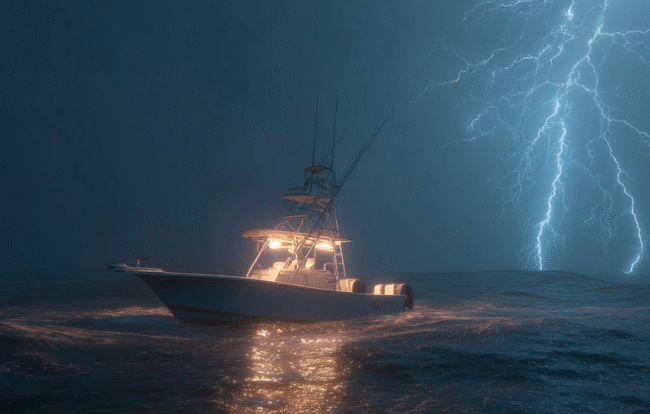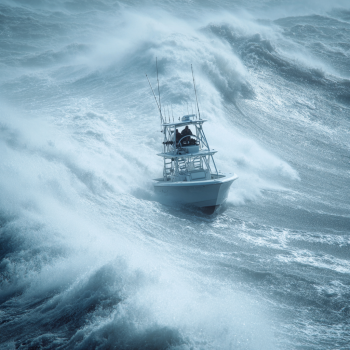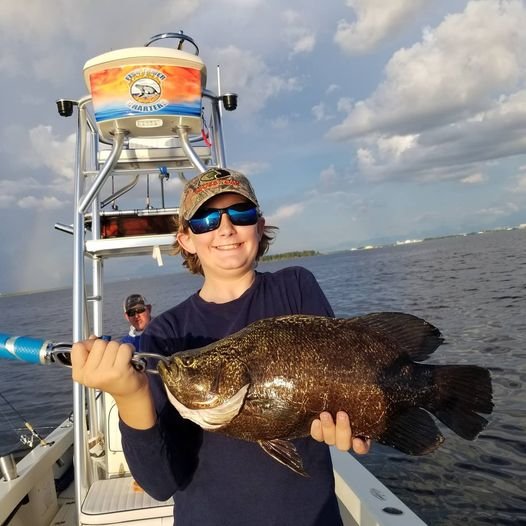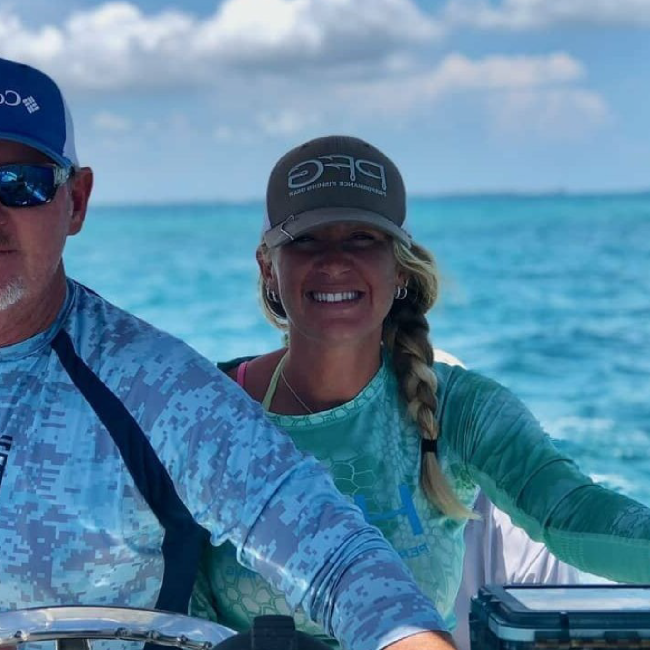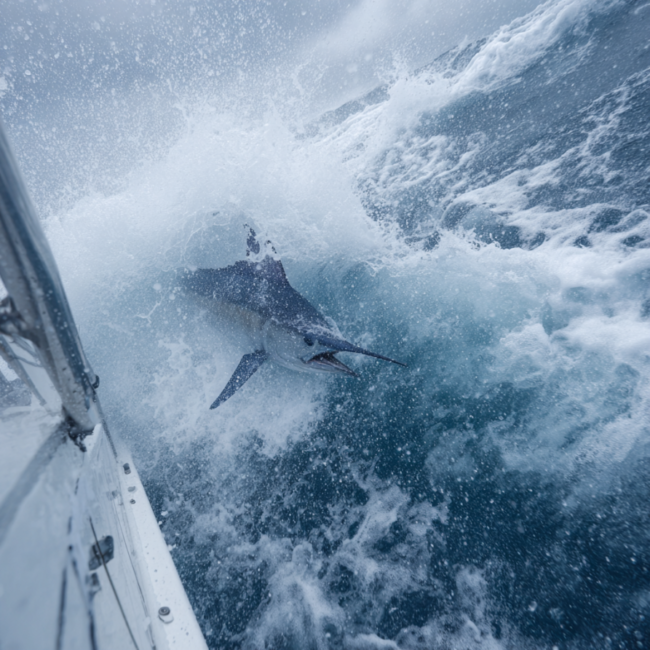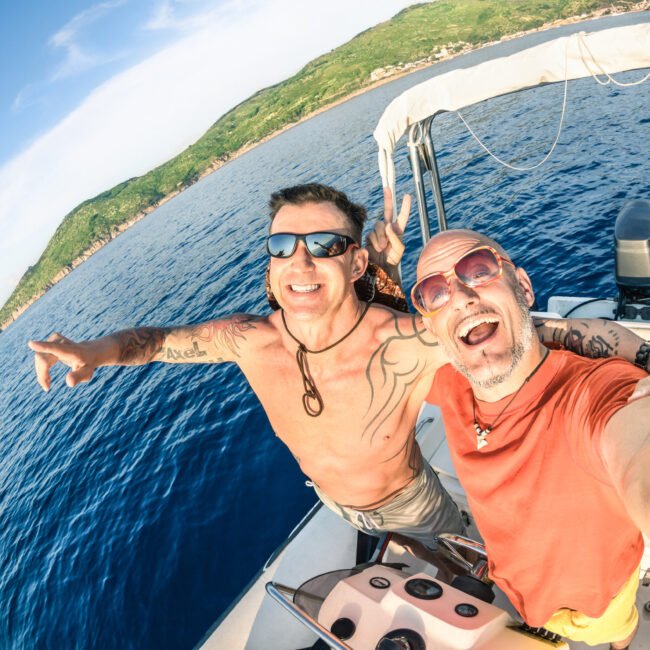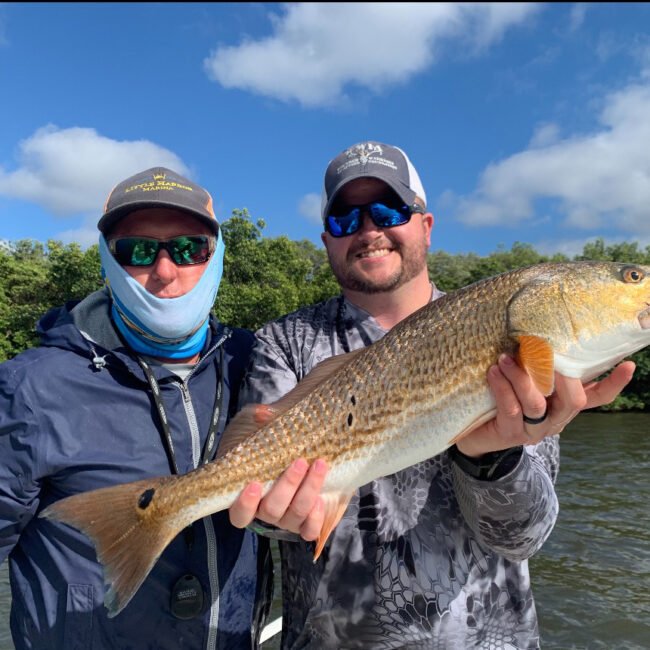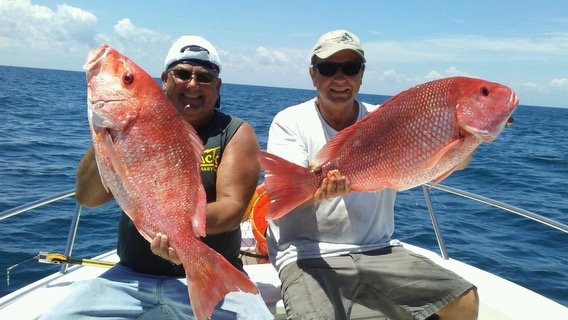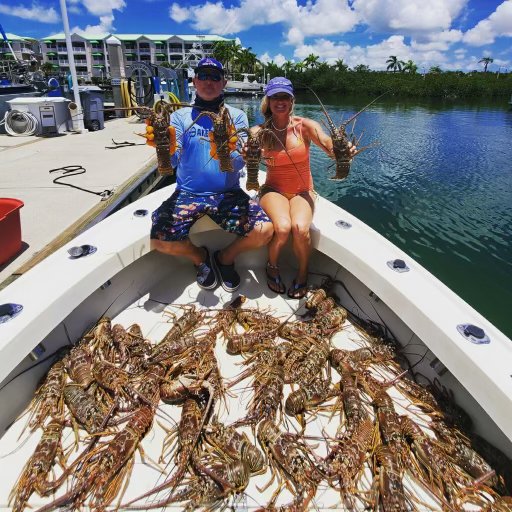
Tampa Bay’s vibrant waters are a year-round haven for anglers, where the thrill of the catch meets the pulse of a lively fishing community. From the acrobatic leaps of tarpon in spring to the hard-charging kingfish of fall, each season brings unique opportunities to hook into Tampa’s iconic species. Pairing a fishing charter with the bay’s legendary tournaments and events elevates the experience, blending competitive excitement with the serenity of the open water. In 2025, Tampa Bay’s fishing calendar is packed with opportunities for every angler, whether you’re chasing a trophy in the Ed Alber Tarpon Rodeo or casting with kids at the Old Salt Kids Fishing Slam. This guide dives into seasonal strategies for planning your charter, spotlighting the best times to fish, key events, and tips for making the most of Tampa Bay’s world-class fishery—all while honoring the conservation efforts that keep these waters thriving.
Winter: December–February
Winter in Tampa Bay is a sweet spot for anglers seeking mild weather and productive fishing without the summer crowds. With temperatures ranging from the 60s to 70s°F, the bay’s clear waters come alive with sheepshead and spotted seatrout, species that thrive in cooler conditions. Sheepshead, known as “convict fish” for their black stripes, congregate around docks, pilings, and oyster bars, while seatrout school over grass flats, offering fast-paced action. According to the Florida Fish and Wildlife Conservation Commission (FWC, 2023), winter’s stable water temperatures (around 60-65°F) make Tampa Bay a prime destination for these inshore species.
The winter season also kicks off Tampa’s fishing tournament calendar, drawing competitors and spectators to events that showcase skill and camaraderie. The Johnny Kellar Inshore Fishing Tournament, held annually in St. Petersburg, pits anglers against each other in pursuit of snook, redfish, and seatrout, with proceeds supporting local charities. Similarly, The Waterman Fly Fishing Tournament attracts fly-fishing enthusiasts to the bay’s flats, where precision casts to tailing seatrout test even the most seasoned anglers. These events create a festive atmosphere, with waterfront venues buzzing with stories of tight lines and near misses.
Charter Strategy: Winter charters should focus on inshore waters, where sheepshead and seatrout are most active. Target sheepshead around structures like the Sunshine Skyway Bridge or Gandy Bridge pilings using light spinning gear (10-15 lb test) and fiddler crabs or shrimp. For seatrout, drift over grass flats with soft plastics or live shrimp under a popping cork. Early morning trips maximize bites, as fish feed actively before midday. Align your charter with winter tournaments to soak in the competitive spirit—many events welcome spectators, offering a chance to learn from top anglers.
Conservation Note: Adhere to FWC’s slot limits for seatrout (15-19 inches, one over 19 inches allowed) and release sheepshead under 12 inches to support healthy stocks. Winter’s closed season for snook (December 1-February 28) requires catch-and-release, preserving spawning populations.
Spring: March–May
Spring awakens Tampa Bay with warming weather (70s to 80s°F), low humidity, and the start of the tarpon migration, making it a bucket-list season for anglers. As water temperatures climb to 75-80°F, snook and redfish prowl the flats, while tarpon—the “Silver King”—arrive in May, rolling in schools along beaches and channels. A 2021 study by the University of South Florida noted Tampa Bay’s role as a critical feeding ground for tarpon during their Gulf migration, drawing fish up to 150 pounds (Peebles & Hollander, 2021). The season’s mild conditions and abundant baitfish create a fishing frenzy, perfect for both novice and veteran anglers.
Spring’s tournament lineup is equally electric, with events that celebrate Tampa’s inshore and nearshore fisheries. The TAMCO Foundation Grand Slam challenges anglers to land snook, redfish, and seatrout in a single day, testing versatility and strategy. The Spring King of the Beach, one of Florida’s largest kingfish tournaments, draws hundreds of boats to Madeira Beach, where competitors chase smoker kingfish for cash prizes. For tarpon enthusiasts, the Ed Alber Tarpon Rodeo in May marks the season’s pinnacle, with anglers battling these acrobatic giants for bragging rights.
Charter Strategy: Spring charters offer flexibility—opt for inshore trips targeting snook and redfish with live pilchards or artificial lures like jerkbaits, or book a tarpon-specific trip for the Rodeo. Tarpon fishing shines in May, using heavy tackle (50-80 lb test) and live crabs drifted in passes like Egmont Key or Pass-a-Grille. Fly anglers can test their skills with 12-weight rods and tarpon flies like Black Death patterns. Schedule early morning or late afternoon trips to avoid spring showers and capitalize on active feeding. Attending a spring tournament, even as a spectator, adds a layer of excitement, with weigh-ins and fish tales fueling the vibe.
Conservation Note: Tarpon fishing is catch-and-release only, per FWC rules, to protect this iconic species. Use circle hooks and keep tarpon over 40 inches in the water to minimize stress. Release snook outside the 28-33 inch slot to support spawning during spring’s open season (March 1-April 30).
Summer: June–August
Summer in Tampa Bay brings heat and humidity (80s to 90s°F), but it’s prime time for tarpon and inshore fishing, with long days and abundant fish. Tarpon peak in June and July, schooling in deep channels and along beaches, while snook and redfish haunt mangroves and flats, feeding aggressively on baitfish. The FWC notes that summer’s warm waters (80-85°F) drive tarpon to Tampa Bay’s estuaries, creating world-class opportunities for anglers (FWC, 2023). Despite the heat, early mornings and late evenings offer comfortable conditions and explosive bites.
Summer’s events cater to families and community, making it a great season for anglers of all ages. The Old Salt Kids Fishing Slam, hosted by the Old Salt Fishing Foundation, introduces young anglers to inshore fishing, with prizes for catches like redfish and seatrout. The Tampa Rough Riders Fishing Tournament combines competition with philanthropy, targeting species like snook and tarpon while supporting local causes. These events foster a sense of community, with kids and adults alike sharing the joy of a bent rod.
Charter Strategy: Beat the heat with early morning or sunset charters, focusing on tarpon and snook. Target tarpon in passes or near the Sunshine Skyway Bridge with live mullet or crabs, using heavy tackle to handle their blistering runs. For snook, cast live pilchards or topwater plugs along mangrove edges or lighted docks at night. Summer’s calm seas also allow for nearshore trips targeting Spanish mackerel or cobia. Pair your charter with a family-friendly event like the Kids Fishing Slam to create memories beyond the catch.
Conservation Note: Summer’s snook season is closed (May 1-August 31), requiring catch-and-release. Use barbless hooks for tarpon and handle fish quickly to reduce stress in warm water. Avoid anchoring over seagrass beds to protect critical habitats.
Fall: September–November
Fall is Tampa Bay’s golden season, with cooling temperatures (70s to 80s°F), fewer crowds, and peak fishing for kingfish and redfish. As water temperatures drop to 70-75°F, kingfish swarm nearshore waters, while redfish school on flats and around oyster bars, offering sight-fishing thrills. The Tampa Bay Times reported in 2021 that fall’s stable weather and abundant baitfish make it a top season for inshore and nearshore fishing, with kingfish runs often stealing the show.
Fall’s tournament calendar is packed with high-stakes events that draw serious anglers. The Port Tampa BaySlam targets snook, redfish, and seatrout, with competitors scouring the bay for the heaviest combined catch. The Inshore Slam Fishing Tournament focuses on inshore species, offering cash prizes and a festive weigh-in. The Fall King of the Beach, a sister event to the spring tournament, caps the season with a massive kingfish showdown, attracting boats from across the Southeast.
Charter Strategy: Fall charters should target nearshore waters for kingfish using live bait like threadfin herring trolled at 6-8 knots, or inshore flats for redfish with weedless spoons or soft plastics. Kingfish trips near wrecks or ledges off Clearwater or St. Pete Beach are productive, while redfish shine around Weedon Island or Fort De Soto. Book midday trips to enjoy fall’s mild weather, and consider attending a tournament weigh-in to witness the excitement of record-breaking catches.
Conservation Note: Keep only one redfish per person (18-27 inches) and release kingfish under 24 inches, per FWC rules. Use single hooks for trolling to reduce fish mortality, and support local clean-up efforts to keep Tampa Bay’s waters pristine.
Why Tampa Bay’s Seasons and Events Are Unmissable in 2025
Tampa Bay’s fishing seasons are a masterclass in diversity, offering something for every angler year-round. Winter’s sheepshead and seatrout provide steady action, spring’s tarpon ignite adrenaline-fueled battles, summer’s family-friendly events create lasting memories, and fall’s kingfish and redfish deliver trophy-worthy catches. The bay’s 400-square-mile expanse, rich with mangroves, flats, and nearshore reefs, supports a thriving ecosystem that ranks among the world’s best fisheries, according to FishingBooker’s 2025 guide.
The tournaments add a unique layer, blending competition with community. Events like the Johnny Kellar and Port Tampa BaySlam raise funds for charities, while the Old Salt Kids Fishing Slam nurtures the next generation of anglers. In 2025, expect heightened excitement as Tampa Bay hosts expanded events following a strong recovery from recent red tide concerns, with the FWC reporting stable fish populations across key species (FWC, 2021). Pairing a charter with these events lets you fish the same waters as top competitors, learn from their strategies, and soak in the waterfront culture—think live music, fresh seafood, and tales of the one that got away.
Conservation: Sustaining Tampa Bay’s Fishery
Tampa Bay’s fishery is a treasure, but it relies on responsible angling to thrive. Overfishing, habitat loss, and water quality issues pose ongoing challenges, making conservation a priority. The FWC’s regulations—slot limits, seasonal closures, and catch-and-release mandates—protect spawning stocks, while groups like the Bonefish & Tarpon Trust fund research on tarpon and snook habitats. Anglers can contribute by using circle hooks, minimizing fight times, and joining clean-up initiatives, as highlighted by the Coastal Conservation Association in 2023.
In 2025, stricter enforcement of FWC rules is expected to address red tide recovery, ensuring Tampa Bay remains a world-class fishery. By fishing sustainably, you’re not just chasing a catch—you’re preserving a legacy for future generations.
The Lightning Run: Real Fishing Stories from Captain Phil
It was Mike Halberstrand. “Need help. We’ve been drifting… engine down. 6 hours…” Mike started to break up but not before uttering coordinates: “…won’t hold f
Through the Storm: Real Fishing Stories from Captain Phil
“We gotta turn into it!” Jake yelled. “Let the bow take it. She’s the highest point!” “No!” Phil growled, eyes fixed on the crashing chaos ahead. “That points us the wrong way –
Victory At The Veteran’s Slam: Real Fishing Stories From Captain Phil
Captain Phil steered the Reel Escape through Tampa Bay’s calm waters. The sun blazed, and Jake’s snook fought hard. Preparation, not pity, guided them. Phil smiled—victory lay in their quiet res
The Line in the Water: Real Fishing Stories From Captain Phil
As I eased the Reel Escape near the mangroves, my gaze lingered on Jake’s arm, amputate just above his elbow. I refused to pity him—pity burdens, not lifts. Yet, a duty stirred within me to show t
The Marlin’s Curse of Thunder Key: Real Fishing Stories From Captain Phil
Phil’s gut tightened; this beast could sink them. Grabbing a gaff, he barked, “Get the heavy tackle—we hook it, or it sinks us!” The storm roared as lightning split the sky, the marlin’s sha
Deals Are Made on the Water: Why Trust and Rapport Matter in Business and Politics
Beyond risk analyses and pro formas, deals come down to relationships. When leaders like and trust each other, deals close. When they don't, even the best deals fall apart. Fishing charters are the ul
Ultimate Guide to Key West Fishing Charters: Tips for a Thrilling Adventure on the Water
If you’ve ever dreamed of casting your line in the dazzling waters of Key West, you’re in for a treat! This idyllic paradise is not only famous for its stunning sunsets and vibrant nightlife, but
Experience the Ultimate Key West Fishing Adventure with Captain Phil Pegley
Embark on an unforgettable journey through the pristine waters of Key West, guided by the seasoned expertise of Captain Phil Pegley. Whether you’re an avid angler, a family seeking quality time,
Unforgettable Lobster Charter Trips: Your Ultimate Guide to Boating Adventures
If you’re ready to cast your line in search of adventure, look no further than Tampa’s vibrant fishing scene. This sun-soaked paradise isn’t just a haven for beach lovers; it’s

